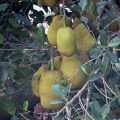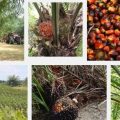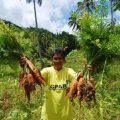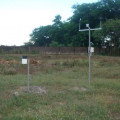Lobo, Batangas has over 500 hectares of farmland planted with sweet sugar apple trees. The tree’s fruit, popularly known as “Atis”, is tended by over a thousand farmers. It’s no wonder why Lobo has been declared through Resolution No. 2011-61 as the “Atis Capital of the Philippines” in September 2011.
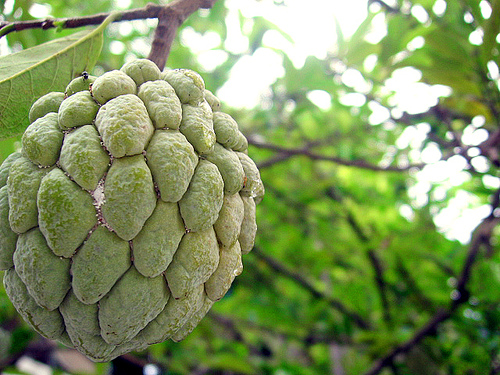
Despite this recognition, Lobo started out in a less progressive state in terms of its farming systems. According to Daisynette D. Manalo, project leader of the “Community-based Participatory Action Research (CPAR) on Sugar Apple + Vegetables + Legume Farming System in Lobo, Batangas,” an Atis tree can potentially produce five kilograms of the fruit but the current average production in Lobo is only one kilogram per tree. At 45 pesos per kilogram, low income among atis farmers during harvest time has raised concerns for developing the municipality’s farming systems.
She added that, aside from natural disasters such as typhoons, one major cause for low production is the mealybug, small pest insects that feed on plant sap while leaving a sticky substance on the fruit and leaves. The sticky substance makes room for fungi to develop leaving the fruit surface with sooty mold. These sticky, white cotton ball like pests, infest a great number of Atis tress and can become uncontrollable during summer, when rainfall is scarce and irrigation is unsteady.
The CPAR project, implemented by the Department of Agriculture-Regional Field Office 4A, Southern Tagalog Integrated Agricultural Research Center (STIARC), is funded by the Bureau of Agricultural Research (BAR).
Prior to the implementation of the CPAR project, the Office of the Municipal Agriculture of Lobo conducted a Participatory Rural Appraisals (PRA) among Atis farmers with the general objective of improving their yield and income. It aimed to equip smallholders with efficient irrigation technology, new crops to plant, and create an organized association for Atis farmers.
It was during the PRA that farmers from Lobo pointed out a simple solution to the mealybug infestation: water. The option of using chemical pesticides was not feasible due to the huge stretches of land and canopy that needed to be sprayed. What was needed is proper irrigation to give farmers access to enough water for spraying the pests off Atis trees. Farmers in Lobo would need long stretches of water pipes that transport water from the municipality’s numerous water springs. With the CPAR project, 20 farmers from two barangays in Lobo were provided with new irrigation systems that included the construction of water reservoirs, and the procurement of water pumps, power sprayers, and plastic drums.
According to Ms. Rosie Egea, municipal agriculturist in Lobo, in two weeks time, farmers have already noticed significant developments in the quality and quantity of their yield. Ever since collecting water from the new irrigation system, Atis trees began yielding more fruit.

According to Pablo De Castro, baranggay captain, also an Atis farmer in Brgy. Banalo, Lobo, the trees that used to yield five kilos of Atis can now produce up to nine kilos of the fruit. At present, Atis farmers are favoured to possibly having two harvest seasons production. Off-season harvest runs from May to July and the regular season from August to October.
Part of the project also involved training farmers in intercropping legumes and vegetables with Atis. According to Ms. Manalo, planting different crops on the same farmland preserves the nutrients present in the soil and it can lead to better quality for the harvested Atis. Diversifying the number of crops planted on farmland has not only increased the income of the farmers in Lobo, but also helped in providing their families with enough supply of crops for personal use.
Aside from providing new methods in irrigation and intercropping, farmers were also trained in the proper methods of applying fertilizer, pruning, and weeding. STIARC provided the farmers with enough equipment in order for its beneficiaries to continue applying what they have been taught.
With the organization of an association for Atis farmers, Ms. Manalo has pointed out that farmers can finally agree to establish a hub where they can store their harvest and directly sell to market vendors. This also cuts down on the necessary expenses needed for one to hire middle men and decreases the retail price per kilo of Atis in the market.
The CPAR project’s recipients are 20 farmers from two of Lobo’s less progressive barangays, Brgy. Balatbat and Brgy. Banaio. According to Ms. Manalo, once the project reaches its conclusion this year, funding is passed down to the municipal government in order for project to continue and expand to the rest of Lobo’s barangays. ### (EJ Gestupa)


